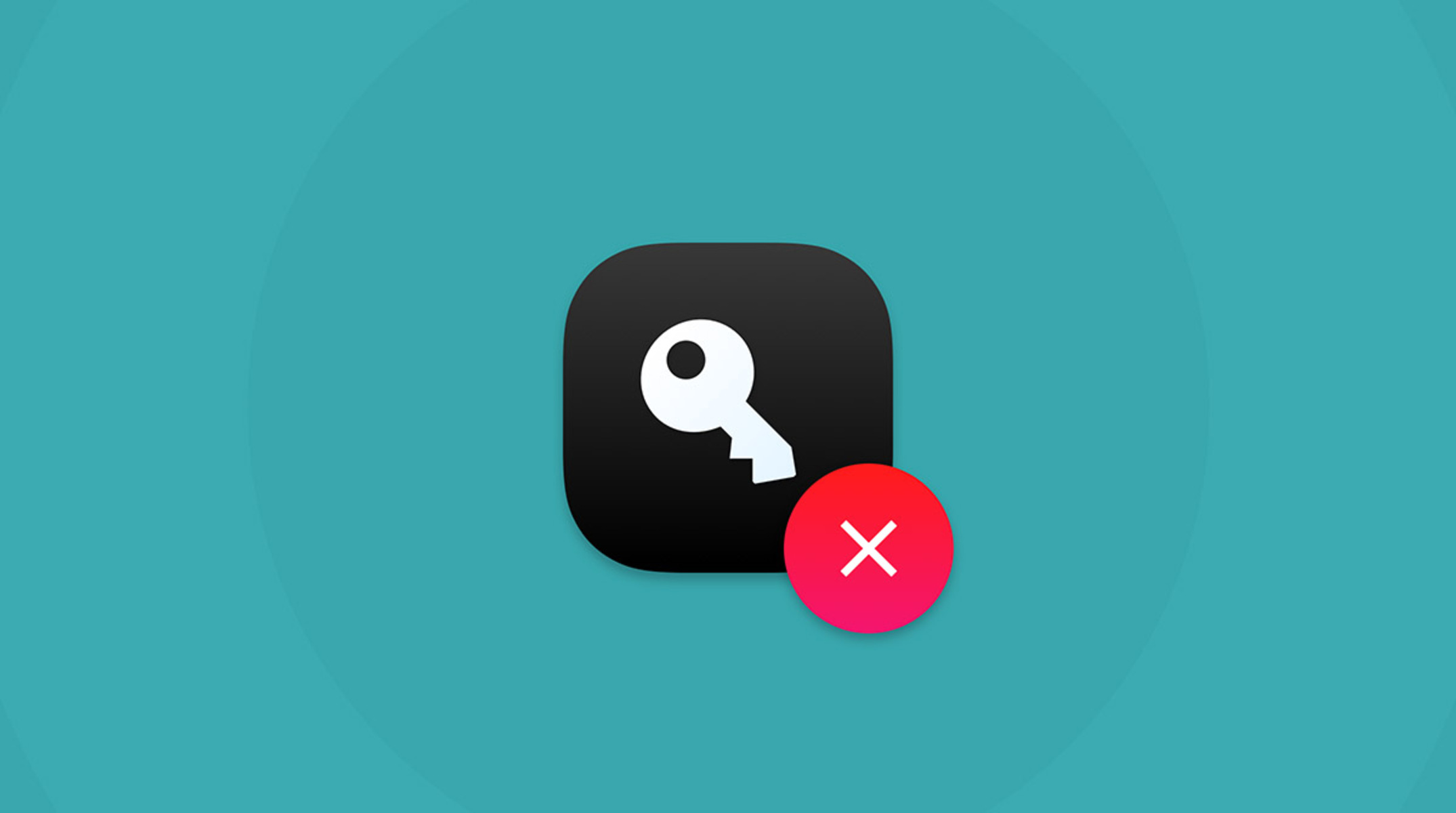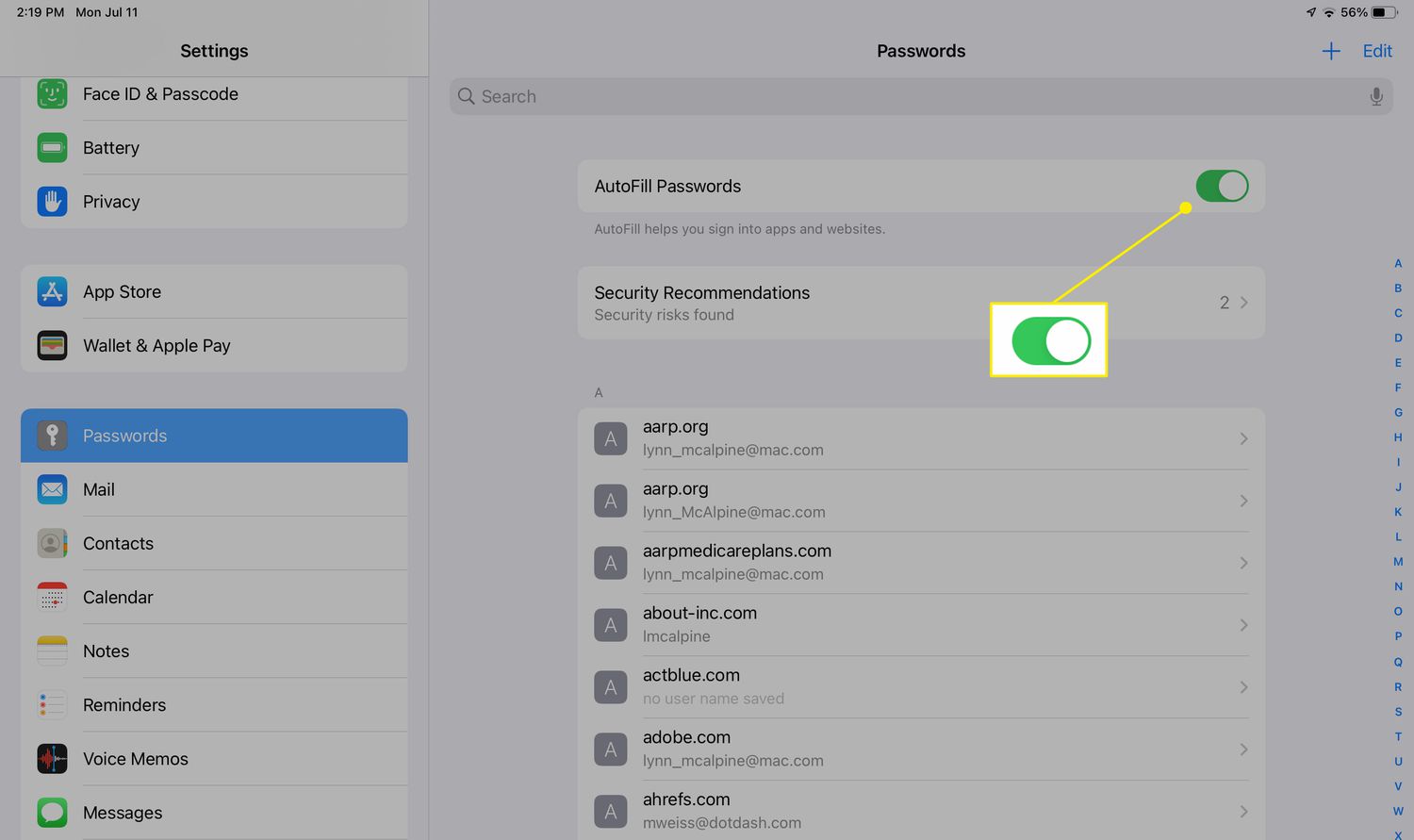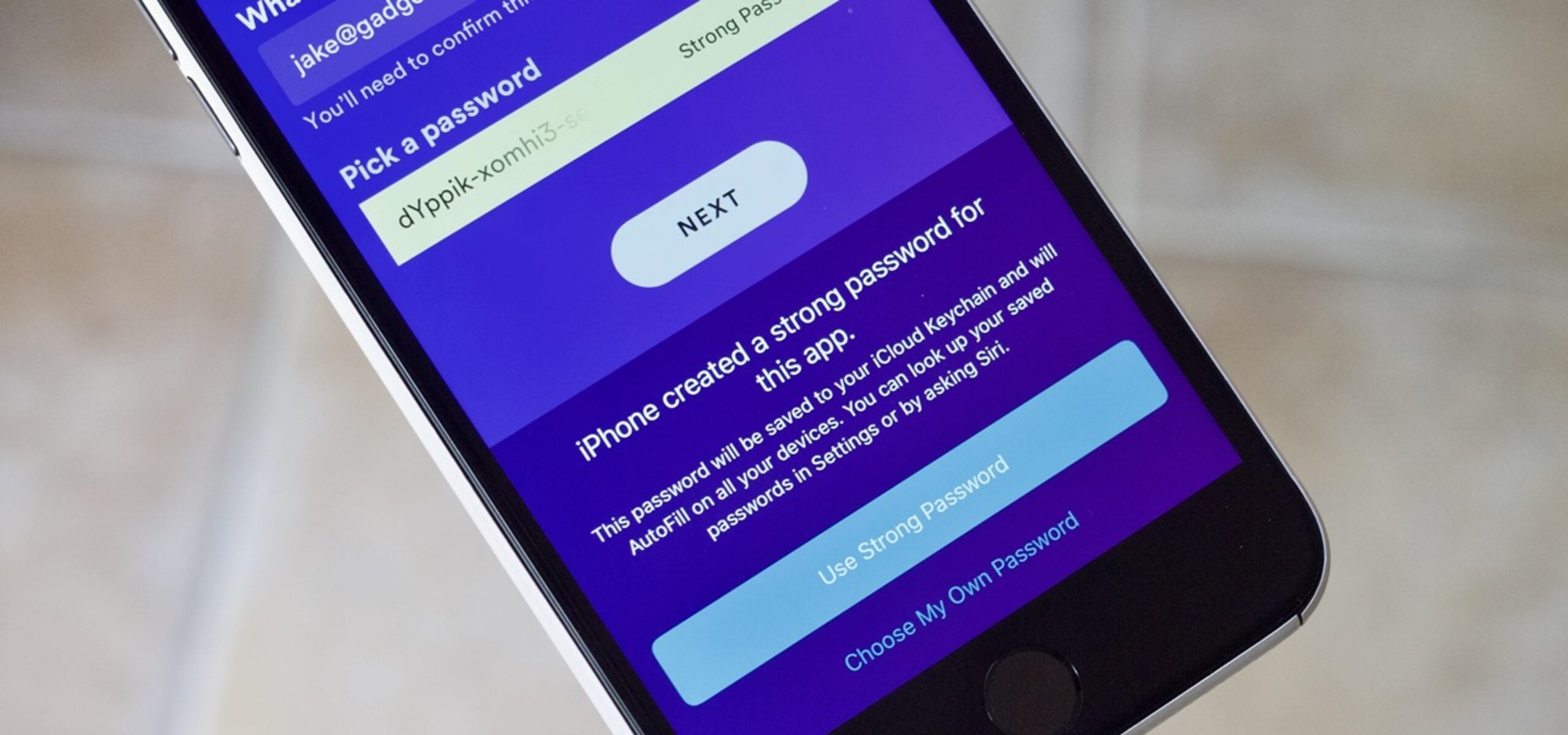Introduction
Safari, the default web browser for Apple devices, offers a seamless and secure browsing experience. One of its convenient features is the ability to save passwords, eliminating the need to repeatedly enter login credentials for various websites. This time-saving functionality, known as AutoFill, not only streamlines the login process but also enhances security by storing passwords in a secure manner.
In this article, we will delve into the intricacies of enabling AutoFill for Safari, exploring the steps to save passwords and manage them effectively. Whether you're a seasoned Safari user or a newcomer to the Apple ecosystem, understanding these features can significantly enhance your browsing experience.
By harnessing the power of Safari's password-saving capabilities, you can bid farewell to the hassle of remembering and entering numerous login details. Instead, you can enjoy the convenience of swift and secure access to your favorite websites, all with just a few clicks.
Let's embark on this journey to unlock the potential of Safari's password-saving functionality, empowering you to navigate the digital landscape with ease and efficiency. Whether you're a casual user or a tech enthusiast, mastering these features will undoubtedly elevate your browsing experience.
Enabling AutoFill for Safari
Enabling AutoFill for Safari is a straightforward process that can significantly enhance your browsing experience. By activating this feature, you can streamline the process of filling in forms and logging into websites, saving time and effort. Here's how to enable AutoFill for Safari:
-
Open Safari Preferences: Launch Safari on your Mac and click on "Safari" in the top menu bar. From the dropdown menu, select "Preferences."
-
Navigate to AutoFill Settings: In the Preferences window, click on the "AutoFill" tab. Here, you will find various options related to AutoFill, including user names and passwords, contact information, credit cards, and other forms.
-
Enable User Names and Passwords: To enable AutoFill for user names and passwords, ensure that the "User names and passwords" option is checked. This allows Safari to remember and fill in your login credentials for websites.
-
Customize AutoFill Options: You can further customize the AutoFill settings by clicking on the "Edit" buttons next to the user names and passwords, contact information, and credit cards options. This allows you to manage the stored information and add or remove entries as needed.
-
Verify AutoFill Functionality: Once you have enabled AutoFill for user names and passwords, you can test the functionality by visiting a website that requires login credentials. Safari will prompt you to save the password when you log in for the first time after enabling this feature.
By following these simple steps, you can harness the power of AutoFill in Safari, streamlining the process of entering login credentials and filling in forms. This not only saves time but also reduces the likelihood of errors when entering sensitive information.
Enabling AutoFill for Safari is a valuable feature that can transform your browsing experience, allowing you to navigate the web with greater efficiency and convenience. With this functionality at your fingertips, you can bid farewell to the tedium of repeatedly entering login details and focus on enjoying a seamless and secure browsing experience.
Saving Passwords in Safari
Saving passwords in Safari is a convenient way to ensure swift and hassle-free access to your favorite websites. Once you have enabled AutoFill for user names and passwords, Safari can securely store and manage your login credentials, eliminating the need to repeatedly enter them. Here's how you can save passwords in Safari:
-
Logging In: When you log in to a website for the first time after enabling AutoFill, Safari will prompt you to save the password. You will typically see a pop-up notification asking if you want to save the password for that site. By clicking "Save Password," Safari will securely store the login credentials for future use.
-
Automatic Saving: In some cases, Safari may automatically save your password without prompting you. This occurs when the website's login form is configured in a way that allows Safari to recognize and save the password without user intervention. This seamless process ensures that your passwords are securely stored for future use.
-
Reviewing Saved Passwords: To view and manage the passwords saved in Safari, you can navigate to Safari Preferences and select the "Passwords" tab. Here, you will be prompted to authenticate using your system credentials before gaining access to the stored passwords. Once authenticated, you can view, edit, or remove saved passwords as needed.
-
Security Considerations: It's important to note that Safari stores passwords in a secure manner, utilizing encryption to protect sensitive information. Additionally, Safari requires user authentication before revealing or editing saved passwords, adding an extra layer of security to the process.
-
Syncing Across Devices: If you use iCloud Keychain, a feature that syncs passwords and other confidential information across your Apple devices, the passwords saved in Safari will be securely synced and available on your other Apple devices. This seamless integration ensures that your passwords are accessible whenever and wherever you need them.
By leveraging the password-saving capabilities of Safari, you can enjoy a seamless and secure browsing experience. With your login credentials securely stored and easily accessible, you can navigate the web with confidence, knowing that Safari has streamlined the process of accessing your favorite websites.
Saving passwords in Safari not only enhances convenience but also contributes to a more secure online experience. By entrusting Safari with the task of securely managing your passwords, you can focus on exploring the digital landscape without the burden of remembering and entering numerous login details.
Managing Saved Passwords in Safari
Managing saved passwords in Safari empowers you to maintain control over your stored login credentials and ensure a secure browsing experience. Once you have accumulated a collection of saved passwords, it's essential to know how to access, review, and manage them effectively. Safari provides intuitive tools to facilitate the management of saved passwords, allowing you to maintain security and convenience. Here's how you can effectively manage your saved passwords in Safari:
Accessing Saved Passwords
To access your saved passwords in Safari, begin by opening the Safari browser on your Mac. From the top menu, click on "Safari" and select "Preferences." In the Preferences window, navigate to the "Passwords" tab. You may be prompted to authenticate using your system credentials to access the stored passwords. Once authenticated, you will gain access to a list of websites for which Safari has saved passwords.
Viewing and Editing Passwords
Within the "Passwords" tab, you can view the list of saved websites along with their corresponding user names. Safari employs security measures, requiring authentication before revealing or editing saved passwords, ensuring that sensitive information remains protected. You have the option to edit or remove saved passwords as needed, providing flexibility and control over your stored credentials.
Adding New Passwords
If you visit a website for which Safari has not saved the password, you can manually add it to the list of saved passwords. When you log in to a website and Safari prompts you to save the password, you can choose to add it to the saved passwords list. Additionally, you can manually enter new entries in the "Passwords" tab within Safari Preferences, ensuring that all your login credentials are securely stored and easily accessible.
Security Considerations
Safari prioritizes the security of saved passwords, employing encryption and user authentication to safeguard sensitive information. By requiring user authentication before revealing or editing saved passwords, Safari adds an extra layer of protection, mitigating the risk of unauthorized access to stored credentials.
iCloud Keychain Integration
If you utilize iCloud Keychain, a feature that syncs passwords and other confidential information across your Apple devices, the saved passwords in Safari seamlessly sync across your devices. This integration ensures that your passwords are securely accessible on all your Apple devices, enhancing convenience without compromising security.
By effectively managing your saved passwords in Safari, you can maintain a balance between convenience and security. Safari's robust tools and security measures empower you to oversee your stored login credentials, ensuring a seamless and protected browsing experience across your Apple devices.
Conclusion
In conclusion, Safari's password-saving capabilities, encompassing AutoFill and the management of saved passwords, offer a seamless and secure browsing experience for users within the Apple ecosystem. By enabling AutoFill and saving passwords in Safari, users can streamline the process of logging into websites, eliminating the need to repeatedly enter login credentials. This not only saves time but also enhances security by securely storing and managing sensitive information.
The ability to enable AutoFill for user names and passwords in Safari provides a convenient solution for filling in forms and accessing websites with ease. By following a few simple steps, users can activate this feature and experience the efficiency it brings to their browsing activities. Furthermore, the seamless integration of AutoFill with iCloud Keychain ensures that saved passwords are securely synced across all Apple devices, offering a consistent and convenient browsing experience.
Saving passwords in Safari is a valuable feature that simplifies the login process for various websites. Whether passwords are saved automatically or through user prompts, Safari ensures that sensitive information is securely stored and easily accessible. The ability to review, edit, and manage saved passwords within Safari's intuitive interface empowers users to maintain control over their stored credentials, contributing to a more secure browsing experience.
The security measures implemented by Safari, such as encryption and user authentication, underscore the commitment to safeguarding sensitive information. By prioritizing the protection of saved passwords, Safari instills confidence in users, assuring them that their login credentials are handled with the utmost care and security.
In essence, Safari's password-saving features not only enhance convenience but also elevate the overall browsing experience within the Apple ecosystem. By seamlessly integrating security and efficiency, Safari empowers users to navigate the digital landscape with confidence, knowing that their passwords are securely managed and readily accessible across their Apple devices.
Embracing the capabilities of Safari's password-saving functionality enables users to bid farewell to the tedium of repeatedly entering login details and instead focus on exploring the web with ease and peace of mind. As technology continues to evolve, Safari remains at the forefront, delivering a browsing experience that seamlessly combines convenience, security, and user empowerment.

























